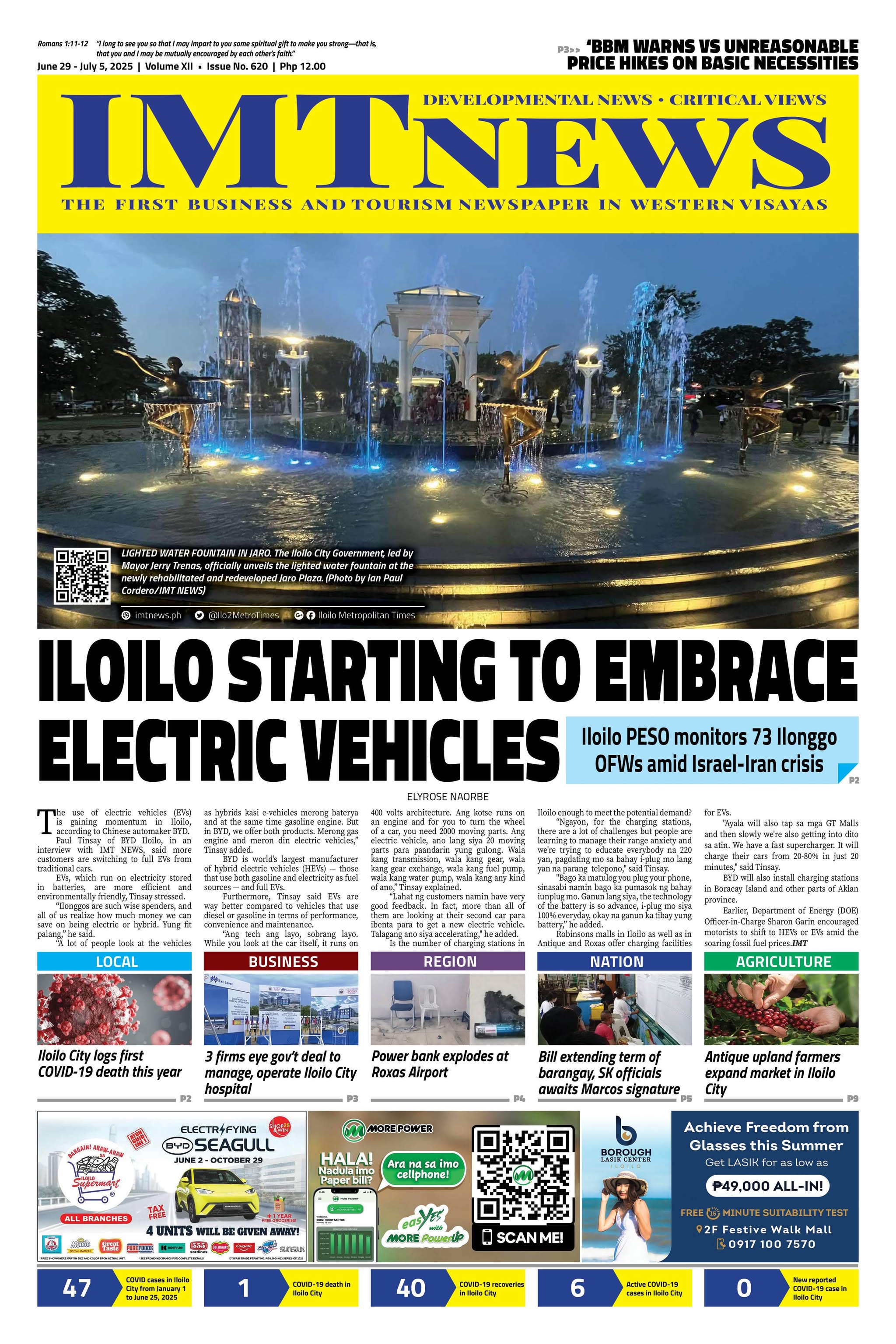The global crisis, that is, the COVID-19 pandemic though replete with devastating consequences is considered a remarkable time for learning. This is a time when teachers learn in the act of teaching and learners teach in the process of learning. There are realizations that our educational systems, policy makers, teachers, students, and families are highly adaptable and resilient. Teachers had to reinvent pedagogies to assure effectiveness of remote learning. Definitely, the evolution of teachers’ role in these trying times of pandemic made teaching more difficult than face to face learning.
Remote learning environment becomes the rule and as such, teachers need to adapt their practices and creativity is required to keep learners engaged. This is because conventional teaching does not translate to remote or distance learning. Every household now becomes a classroom, and most often than not without the environment that supports learning. Parents’ role in educating their children is an obvious necessity. Teaching had shifted from individual teacher’s role to a team undertaking, with stakeholders as members of a team.
The competence of teachers in managing their time is now tested as they shifted from teaching role in the real classroom to doing the job in either virtual or distance classroom, tutoring their children at home, doing administrative tasks and attending to the needs of their family. Teachers have to adjust to the new multitask during pandemic. Teaching becomes a tall order if we consider that teachers were unprepared to cope with this phenomenon.
The burden of continuing the education of children amidst pandemic was thought of to have initially shifted to the parents who become the teachers of their children at home. This is not so, since the parents, particularly that the country had opted for a printed modular distance learning approach, only get the learning materials from pick up points, which most often are the schools, and guide their children as they follow the instructions in the modules at home. The teachers had made sure that the content of the modules given are in keeping with the needs of the learners and they are still there to be contacted anytime for clarifications and or detailed instructions. Furthermore, the learners have also access to the teachers whom they can refer to for their queries, through means other than face to face, as they learn independently.
More than ever, the health crisis had highlighted the great leadership, creativity and ingenuity of teachers in ensuring that learning never stops and that no learner is left behind. They continue to work individually and as a team to create new learning environment for continuous education of the school children. But our teachers can only do much depending on their level of competence. They had been struggling to teach the students even during normal times and under the new normal, they have done a stupendous job.
But this is not enough. They should be more resilient as a workforce in education during crisis and this can be made possible by providing them the opportunity to develop their digital and pedagogical skills for remote or distance teaching whether through printed modular approach, online teaching, blended or hybrid learning in either high- or low-technology environment. Nothing beats a prepared educator. They can keep crisis situation in education from becoming catastrophic.Angelo G. Tanoy, PhD







